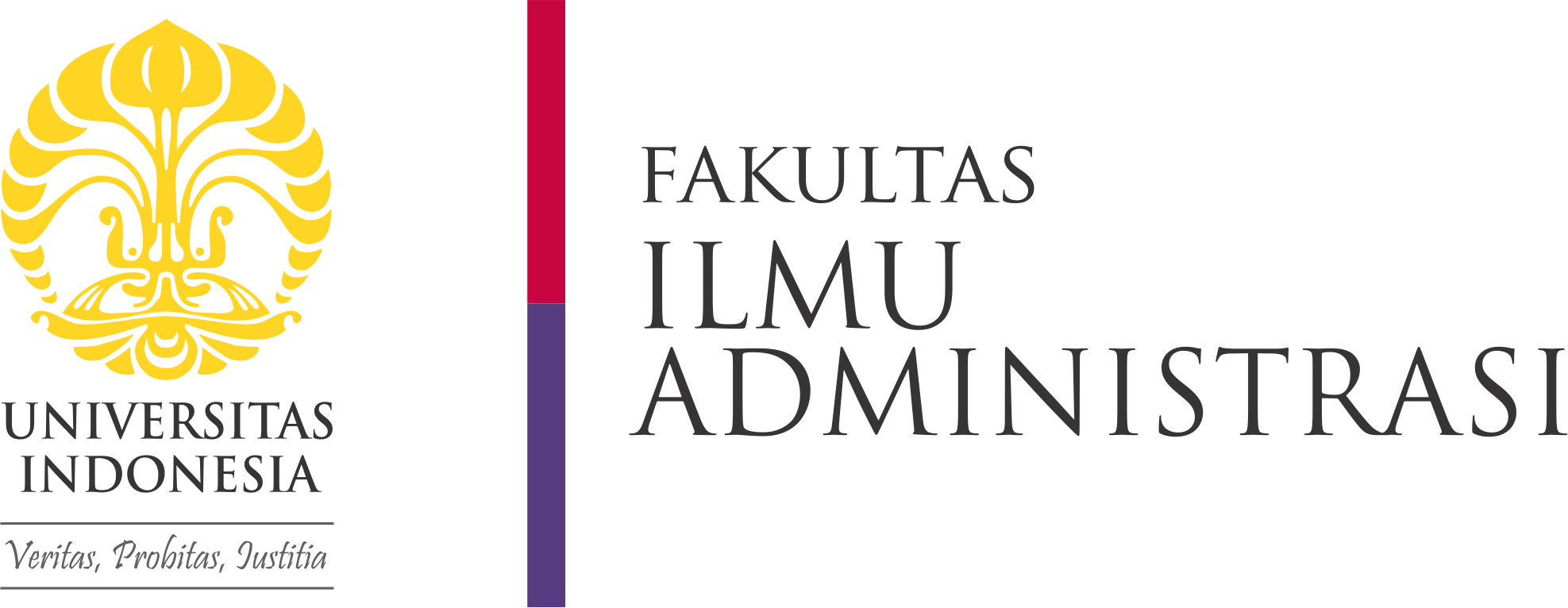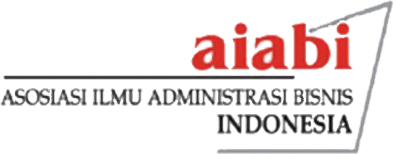Abstract
The word "ambidexterity" can be interpreted as the capability of an organization that simultaneously implement innovation activities both in exploratory and exploitative manner. The organization that implement these two types of innovation activity is called ambidextrous organization. In general, the studies on ambidextrous organization in the past mainly focused on structural ambidexterity whereas studies on contextual ambidexterity still got less attention. The contextual ambidexterity can be achieved through the provision of context that allow employees to implement both activities on exploration and exploitation. The Depok City in West Java was one of the municipalities that see a growing number of small and medium enterprises (SMEs). According to a data from the Depok Agency for Markets, Cooperatives and SMEs, the total number of SMEs was 2,400 units, consisting of 2,352 smaller merchants and 48 medium enterprises. The aim of this research paper was to elaborate on how far the SMEs in Depok could adopt the study of contextual ambidexterity. The research itself utilized qualitative approach with mixed methods research as its methodology by the use of questionnaires and in-depth interviews. The questionnaires were distributed to the owners of SMEs with purposive sampling technique whereas in-depth interviews were conducted on SME actors. The measurement on contextual ambidexterity was conducted with the instrument that was developed by Ghosbal and Bartlett (in Birkinshaw and Gibson, 2004). The research results indicated the capability of an organization to innovate was created through the context of organization in the form of performance management and social support. The designs of both performance management and social support from the organization could provide the context that would support the employees to perform innovative acts both in exploitative and exploratory sense.
Recommended Citation
Kusumastuti, Retno; Safitri, Nurul; and Khafian, Nidaan
(2016)
"Developing Innovation Capability of SME through Contextual Ambidexterity,"
BISNIS & BIROKRASI: Jurnal Ilmu Administrasi dan Organisasi: Vol. 22:
No.
1, Article 4.
DOI: 10.20476/jbb.v22i1.5429
Available at:
https://scholarhub.ui.ac.id/jbb/vol22/iss1/4






